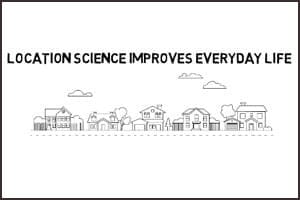NOAA’s National Geodetic Survey (NGS) develops and maintains a national system of positioning data for transportation, navigation, and communication systems. NGS also implements a coastal mapping program, conducts aerial photography surveys, develops standards for conducting geodetic surveys and assists state, county, and municipal agencies throughout the United States with training workshops.
The Web pages below are a small selection of information and technical resources provided by NGS and similar organizations around the world. Some of the pages below reside within larger sites. You may wish to browse these sites and examine many of the other available resources.
About The National Geodetic Survey
https://geodesy.noaa.gov/INFO/WhatWeDo.shtml
NOS Ocean Facts About Geodesy
https://oceanservice.noaa.gov/facts/
The History of the National Geodetic Survey
https://www.ngs.noaa.gov/web/about_ngs/history/
This website provides a wealth of information on the history of the National Geodetic Survey and its evolution from the Survey of the Coast, the United States first civilian scientific agency, formed by Thomas Jefferson in 1807. In addition to over 600 pages of reader-friendly text, there are links to historical photo albums, short stories about geodetic expeditions, as well as historical maps and charts. A must see!
The National Geodetic Survey's Continuously Operating Reference Station (CORS) website.
https://www.ngs.noaa.gov/CORS/
This is the official website of NGS's continuously operating reference stations (CORS). Surveyors, geographic information system (GIS) professionals, engineers, scientists, and others use data from the CORS system to assure horizontal and vertical positioning accuracies within a few centimeters.
A central feature of this website is a "dynamic" map of the United States and its territories. The different symbols and colors on the map indicate the locations and sampling rates of hundreds of CORS stations in the United States' network. By selecting and "clicking" on an area of the map you can "zoom" into a region where a CORS receiver is located. By selecting and "clicking" on a specific receiver, you can view a detailed area map showing the receiver's exact location, see photographs of the receiver, and view coordinate data that the receiver is collecting from Global Positioning System satellites in real time.
When a specific receiver has been selected, you can obtain different kinds of information about it from the menu on the left hand side of the Web page. Just select the information you would like to see and then "click" the submit button.
The Geoid
https://geodesy.noaa.gov/GEOID/
This web page links to definitions, descriptions and research about the geoid. The link to "What is the Geoid" is geared to the general public and is accompanied by several good images. While most links on the page present information better suited to individuals with specific training in the geodetic sciences, there are many excellent images and kernels of information sprinkled throughout this pages links.
 An official website of the United States government.
An official website of the United States government.



Social